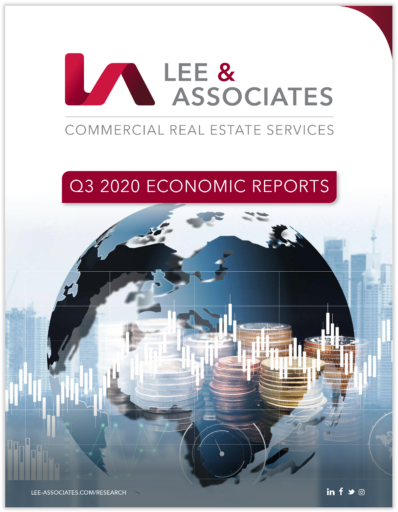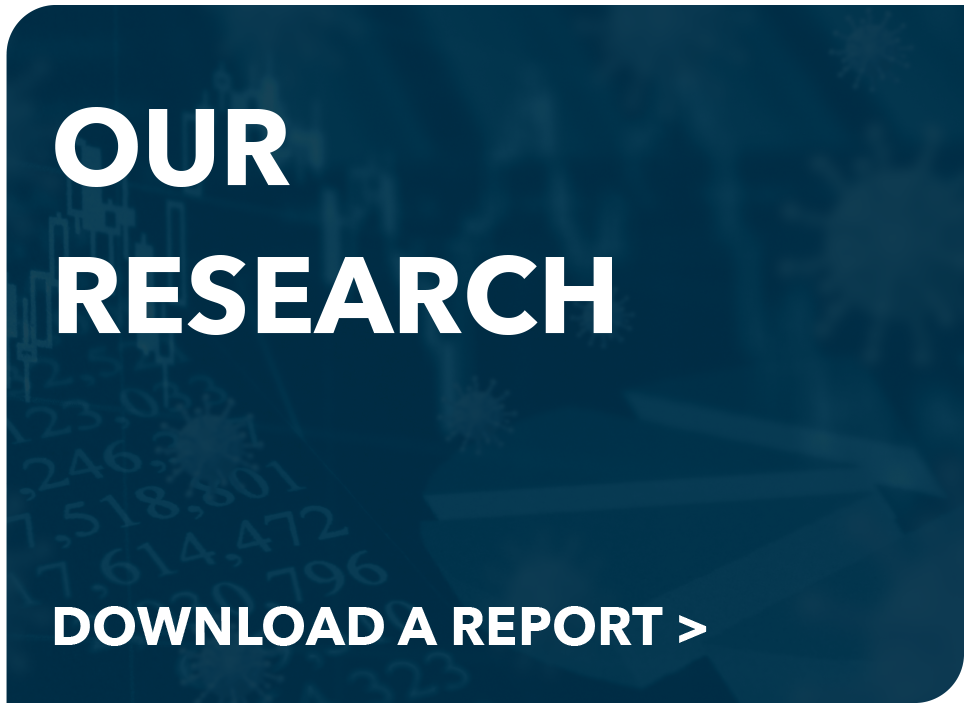GDP GROWTH:
Third-quarter gross domestic product expanded at a 33.1% annualized rate, the most ever recorded, increasing 7.4% from the previous quarter and recovering roughly two thirds of the losses from earlier in the pandemic.
The latest Commerce Department estimate of GDP, the measure of the total goods and services produced, was slightly better than expected as lockdowns ended and consumers resumed spending in Q3, boosted by $2.35 trillion in direct federal relief. Nevertheless, the national economy remains 3.5% smaller than at the end of 2019. There also is wide agreement that without more federal stimulus and amid worsening infection rates, growth is going to be harder to come by in the fourth quarter.
Compared to the second quarter, the Commerce Department’s Bureau of Economic Analysis reported personal consumption increased 40.7%, gross private domestic investment was up 83% and there was a 59.3% increase in homebuilding and improvements. Nonresidential investment gains were led by a 70.1% increase in equipment purchases.
A leading survey of economists recently found that more than half do not expect GDP to regain its pre-pandemic level until 2021 and that the economy will contract 3.6% this year. About half of the 22 million jobs lost in the pandemic since March have been recovered. “The economy is -3.5% smaller than it was in late 2019,” said Justin Wolfers, a University of Michigan economics professor at the Ford School. “Is that a big hole? Well, that’s roughly as large as the hole the economy fell into during the financial crisis, and at the time we thought that a damn big hole.” READ MORE >
EMPLOYMENT OVERVIEW:
There were 661,000 jobs added in September, pushing down the unemployment rate from 8.4% to 7.9% in the last government labor report to be released before the election.
In early October, new weekly applications for jobless benefits fell to their lowest levels since March as employment began to plunge by more than 20 million workers. Most industries suffered a decline of more than 10%. Half of those working in arts, entertainment, recreation, food and beverage were laid off.
The number of unemployed persons fell by 1.0 million to 12.6 million, according to the government report. The majority of jobs gained in September were in leisure and hospitality, up 318,000 jobs. There were 142,000 jobs added in retail and 108,000 in health care and social assistance.
In September, 22.7% of employees worked remotely because of the coronavirus pandemic, down from 24.3 % in August. Among the unemployed, those on temporary layoff decreased by 1.5 million in September to 4.6 million. This measure is down considerably from the high of 18.1 million in April but is 3.8 million higher than in February.
There were 231,000 workers cut from government jobs in September with big reductions in local and state government payrolls. Among the major worker groups, the unemployment rates declined in September for men, 7.4%, women, 7.7%, Whites, 7%, and Asians, 8.9%. Jobless rates for teenagers were 15.9%, Blacks, 12.1%, and Hispanics, 10.3%, showing little change from August. READ MORE >
MONETARY POLICY OVERVIEW:
In the most specific guidance yet on its new monetary policy in response to the coronavirus pandemic, the Federal Reserve said it would not raise interest rates until the economy reaches full employment and inflation hits 2%, abandoning its policy of using rate hikes to preemptively stymie inflation.
Economists had mixed reactions to the central bank’s September announcements. Despite the Fed’s aggressiveness and swiftness early in the pandemic to insure liquidity in the financial markets with a massive bond-buying program, some believe its policy still falls short of needed steps to shore up the fragile economy. Others said the Fed’s move affirms something that was in practice and expected. Although it hasn’t indicated how much more purchasing it would do, the Fed is buying $120 billion in securities a month to keep short- and long-term interest rates low.
“It gives confidence that you have a Fed that’s going to be leaning into the recovery, that’s going to be allowing momentum to build and allowing inflationary pressures to build without raising rates. That can have a pretty profound effect on interest rate expectations, investment and consumption planning,” said Robert Rosener senior US economist at Morgan Stanley. READ MORE >
GLOBAL ECONOMY OVERVIEW:
Global growth is projected at -4.4% this year, an improvement from earlier projections by the International Monetary Fund, whose latest outlook on global growth and risks in October said the economic gains were the result of easing lockdowns and massive government relief efforts, especially in the U.S. and Europe.
But with the pandemic spreading and accelerating, many countries slowed reopening, and some are reinstating partial lockdowns. While China’s recovery has been faster than expected, the global economy’s long climb back to pre-pandemic levels of activity remains prone to setbacks.
Global growth is projected at 5.2% in 2021, slightly less than in the IMF’s June 2020 update, reflecting the more moderate downturn projected for 2020 and consistent with expectations of persistent social distancing. At the end of 2021 the level of global GDP is expected to be a net 0.6% improvement from 2019.
Meanwhile, the United States economy is set to fall by 4.3% this year, the IMF said, adding that the economic contractions in the U.K., France, Italy and Spain will be around 10%.
Overall growth projections imply wide negative output gaps and elevated unemployment rates this year and in 2021 across both advanced and emerging market economies. After the rebound in 2021, global growth is expected to gradually slow to about 3.5% into the medium term. Nevertheless, the pandemic will have reversed the progress made since the 1990s in reducing global poverty and will increase inequality, the IMF report said. READ MORE >




